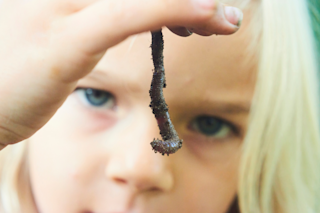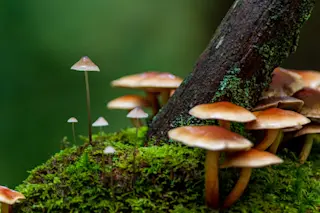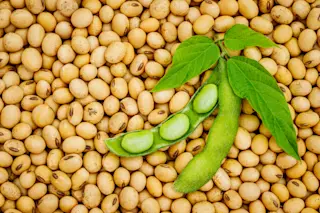Wind, insects, bats, and birds have been pollinating flowers for millions of years, and to all appearances doing it rather well. Yet Souvik Banerjee thinks he might be able to do better. He has found a way to give pollen grains an electrostatic charge. The charge, says the University of Georgia research engineer, naturally attracts the pollen to plants.
Farmers in the United States, as in other countries, now rely mostly on natural means of pollination. For crops that are not native to a region and that therefore don’t have a large number of natural pollinators available, they often have to rent bees, at high cost. Farmers do occasionally dust pollen on their crops. But the pollen not only goes to the plant, it also goes everywhere else, says Banerjee. It isn’t reliable, there is a lot of waste, and since pollen grains are very small, they tend to remain ...














